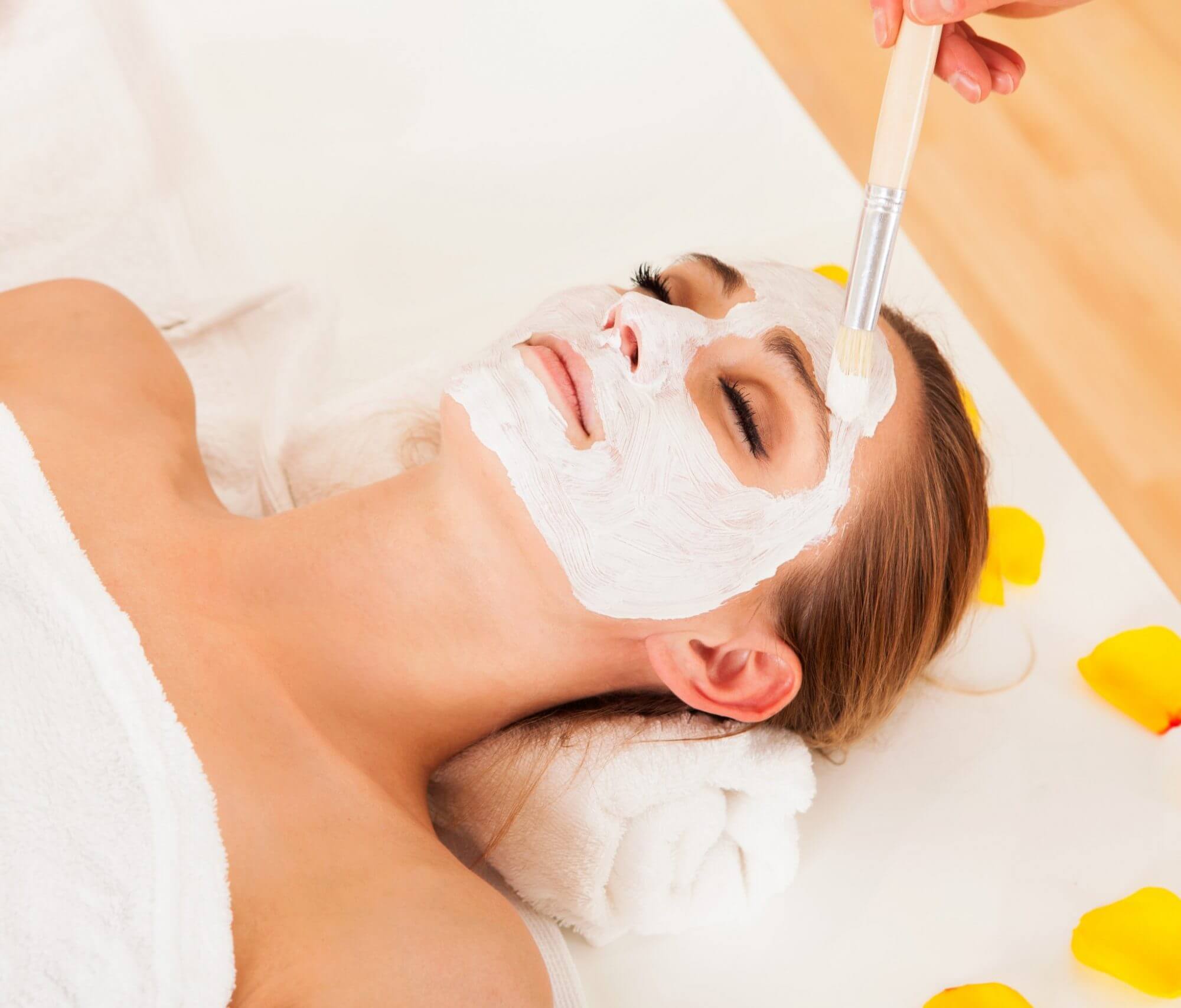
For patients who want a more dramatic outcome than microdermabrasion can provide, the chemical peels is the perfect option. Chemical Peels offer significant benefits, whether you’re hoping to replace dry, rough skin with smoother skin, minimize acne or acne scars, improve the texture of skin damaged by the sun, or soften deep lines (and maybe even erase finer lines). Chemical peels even go beyond those cosmetic intents, and can provide therapeutic treatment for problems like precancerous conditions such as keratoses and melasma, the darker pigmentation that can appear on the face during pregnancy.
Read on to learn more about what to expect from your chemical peel.
Benefits of a Chemical Peel
A flawless, line-free, spotless complexion is waiting just underneath your skin’s surface, and chemical peels are the fastest, proven way to release that fresh complexion. The reliable chemical peel can actually deliver a broader range of benefits, including reversing acne breakouts, scarring, sun damage, and melasma, even more effectively than high-tech devices in many cases. Chemical peels improve acne, discoloration, fine lines, and other flaws by casting off the lifeless, dull cells on the surface of your skin.
Chemical peels work on almost any skin type, too. Better still, they often cost far less than other options, such as those involving lasers. While a fractional-laser treatment can provide some impressive results, these are also costly, and require repeated treatments in most instances. Medium-depth chemical peels typically cost significantly less, but still offer notable results. The down side? More recovery time.
What to Expect from the Chemical Peel Procedure
A chemical peel is typically done in-office. Before the procedure, your team will clean your face. For a medium or deep chemical peel, you might require a local anesthetic.
During a light chemical peel, your surgeon will apply a chemical solution containing salicylic or glycolic acid to your face. Your skin will whiten, and you’ll feel mild stinging, until your surgeon then applies a neutralizing wash to end the peel.
During a medium chemical peel, your surgeon will apply a chemical solution containing either one or a combination of acids. Your skin will start to whiten, and you will get a fan trained on your skin and/or cool compresses. Your skin may burn or sting for up to 20 minutes.
Procedures for deep chemical peels vary. After any kind of chemical peel, follow your doctor’s recovery directions. After a light chemical peel, expect your treated skin to be dry, mildly irritated, and red—though less so with each treatment. You’ll see new skin four to seven days after a light chemical peel. After a medium chemical peel the effects will be similar, but you may feel more stinging and want to use ice packs for comfort or over-the-counter medication such as ibuprofen. Redness might last for up to one week, but you’ll see new skin developing.
The Difference a Chemical Peel Makes to Your Skin
Chemical peels can make your skincare products more effective. The chemicals in the peel lift away lifeless cells in minutes and trigger a wonderful chain reaction, increasing hyaluronic acid and collagen production. The result is skin that is more receptive to products, smoother, and more radiant than ever before.
Chemical peels are low-risk, and they are also easily customizable. This means anyone with any skin type can benefit from chemical peels. So hyperpigmentation can be avoided, and the right chemical peel can also get rid of your acne, and your acne scars. The right treatment can even keep working in your skin to prevent more acne.
Chemical peels are truly the best way to fight uneven tone and pigmentation, such as melasma. They can even help you get away from using products like undereye concealer, which hides dark circles caused by too much pigment.
Talk to Your Precision MD Surgeon About Chemical Peels
Reach out to Precision MD for a free consultation about chemical peels. We are happy to discuss the details with you so know everything you have to gain from the process.



